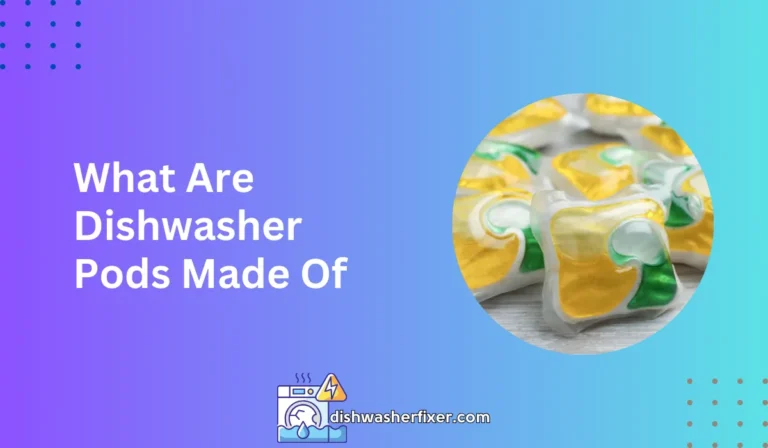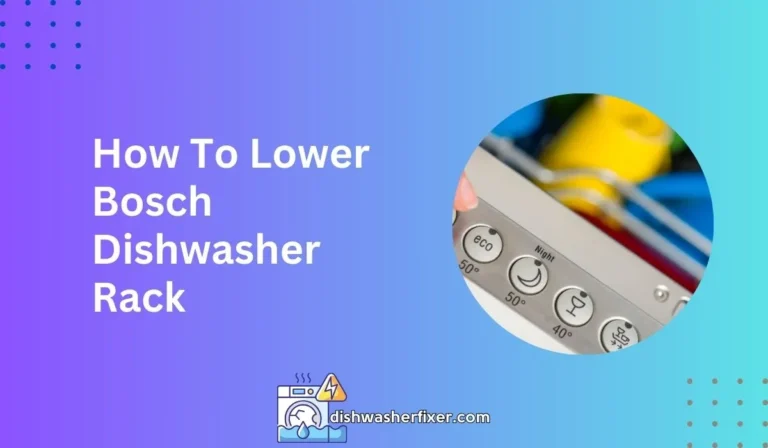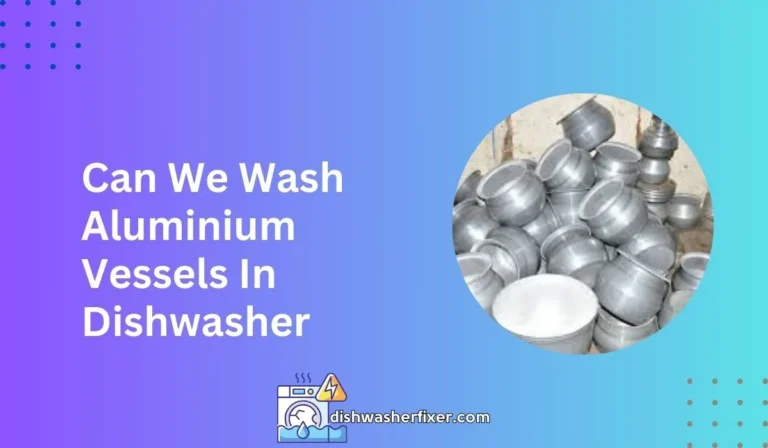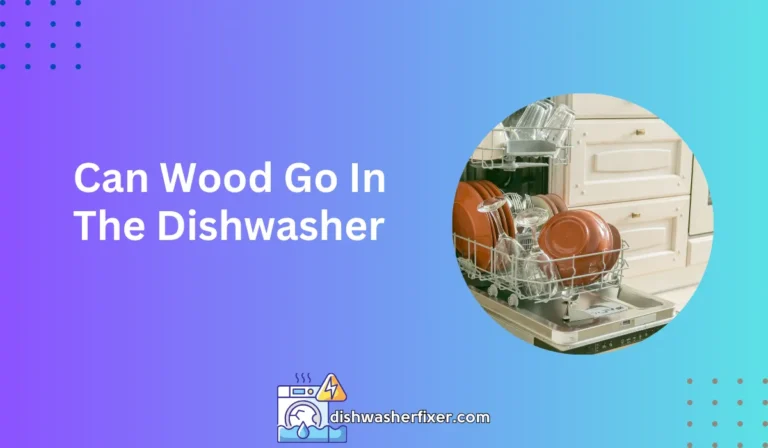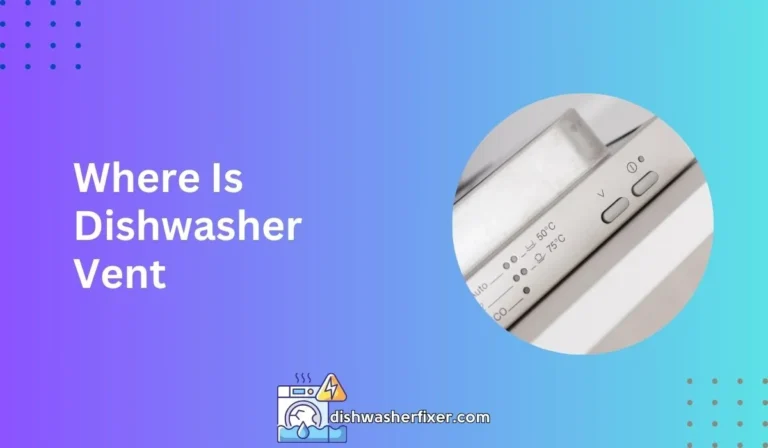How to Fix a Dishwasher: Quick Troubleshooting Tips
To fix a dishwasher, first check for clogs in the filter and drain. Clear any debris. Ensure the spray arms move freely and are not obstructed. Examine the door latch for proper function. Consult the manual for error codes and troubleshooting specific to your model.
Common Dishwasher Problems and Diagnosis
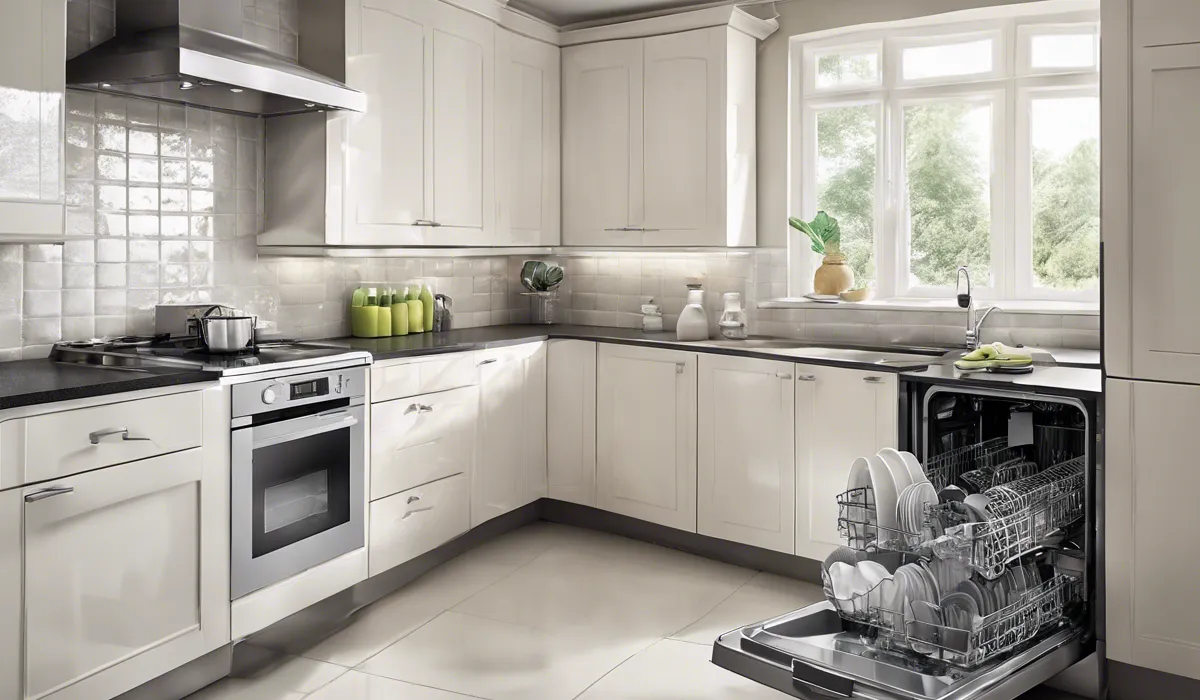
Not Starting
When a dishwasher refuses to start, the issue could be as simple as a door not properly latched or a power connection issue. Check to ensure that the dishwasher is plugged in and that the outlet is functioning by testing it with another appliance.
If the power source is not the issue, inspect the door latch to ensure it clicks into place. A faulty door latch may prevent the dishwasher from starting as a safety precaution.
Not Draining
If water remains in the bottom of the dishwasher after a cycle, it indicates a draining problem.
This can often be attributed to a clogged drain hose or filter. Remove any visible obstructions and clean the filter according to the manufacturer’s instructions.
Ensure that the garbage disposal, if connected, is clear, as this can also affect drainage.
Not Cleaning Dishes Properly
When dishes come out dirty, the issue could be blocked spray arms or a malfunctioning water inlet valve.
Make sure nothing is obstructing the spray arms’ rotation and clean the arms’ nozzles of any debris.
Low water pressure due to a defective water inlet valve can also prevent the dishwasher from cleaning effectively.
Leaking Water
A dishwasher that’s leaking water onto the floor is cause for concern. Inspect the door seal for any wear or damage and replace it if necessary.
Additionally, overloading the dishwasher or using the wrong detergent can cause suds that may lead to leaks.
Making Unusual Noises
Grinding, buzzing, or whirring sounds can be alarming. These noises may come from a jammed pump, worn bearings, or a foreign object caught in the spray arm.
Inspect these areas carefully and remove any obstructions. If the noise persists, the pump or spray arm may need to be replaced.
Dishes Not Drying
If dishes remain wet after the cycle, the heating element may be at fault. A non-operational heating element won’t dry dishes properly.
Use a multimeter to check for continuity. If the heating element is defective, it will need to be replaced.
Tools and Preparations

Safety Precautions
Before starting any repairs, safety must come first. Disconnect the dishwasher from the power source and shut off the water supply to prevent any accidents. This will ensure a safe working environment as you proceed with the repairs.
Gathering Tools
You will need a few basic tools for dishwasher repairs, including screwdrivers, pliers, a multimeter, and towels for any spills. Gather these tools before you begin to ensure a smooth repair process.
Identifying Your Dishwasher Model
Knowing your dishwasher’s model is crucial for troubleshooting and ordering the correct parts. Locate the model number, often found on the inside of the door or on the unit’s base, and download the corresponding manual for reference.
Step-by-Step Repair Guide
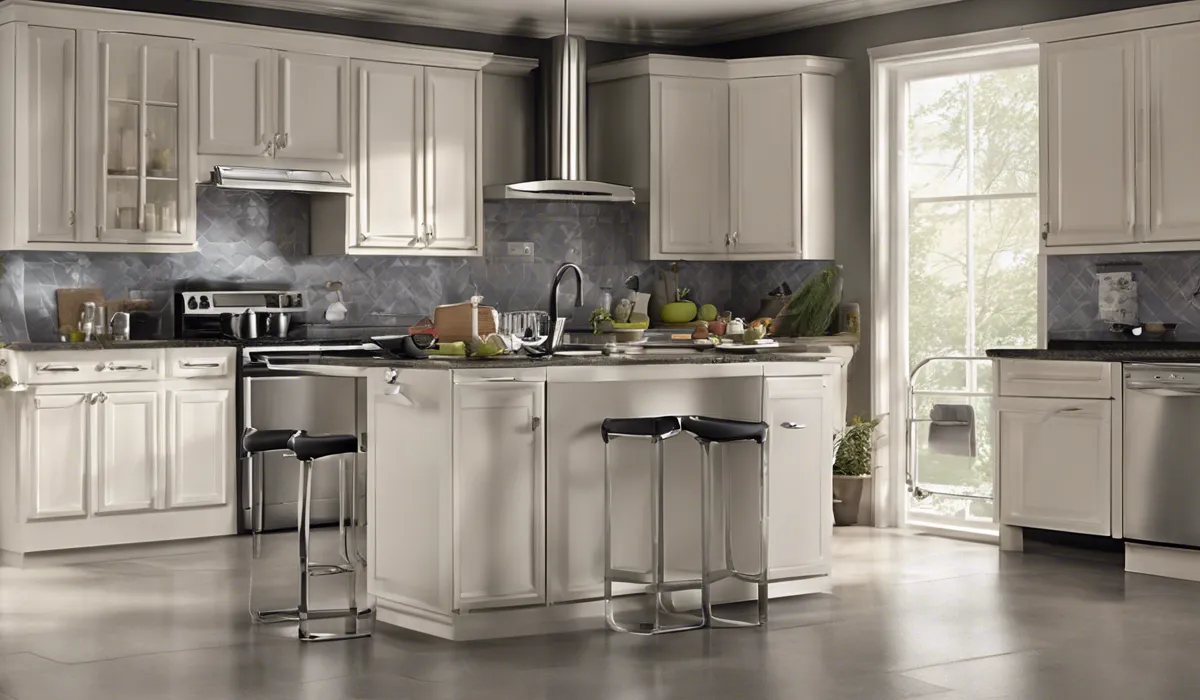
Clearing Clogs in the Drain Hose and Filter
Start by removing any food remnants from the filter and check the drain hose for obstructions. If necessary, disconnect the hose and flush it with water. Remember, a clear path is essential for proper dishwasher drainage.
Replacing the Water Inlet Valve
If the dishwasher isn’t filling with water or is filling slowly, the water inlet valve might need replacing. To do this, locate the valve, usually found behind the lower kickplate, and replace it with a new one suitable for your dishwasher model.
Checking and Repairing the Door Latch
A defective door latch can prevent the dishwasher from operating. Inspect the latch for damage and replace it if it no longer secures the door closed during operation.
Inspecting and Replacing the Wash Arm or Spray Arm
Ensure the spray arms are free from debris and move freely. If they are damaged or heavily clogged, they may need to be replaced to restore your dishwasher’s cleaning efficiency.
Troubleshooting the Heating Element for Drying Issues
Use a multimeter to test the heating element for continuity. If the element is faulty, replace it to ensure your dishes come out dry at the end of the cycle.
Fixing Common Error Codes Displayed by the Dishwasher
Many dishwashers display error codes that can help diagnose the problem. Refer to your owner’s manual to understand what each code means and how to address the issue.
For example, an error code regarding water heating could indicate a problem with the heating element or thermostat.
FAQs About Fixing a Dishwasher
How do I check my dishwasher for clogs?
First, remove any dishes and the bottom dish rack. Inspect the filter and drain area for food particles, glass, or other debris and remove any obstructions found.
What should I do if my dishwasher’s spray arms aren’t moving?
Ensure the spray arms are not blocked by debris. Clean the arms if necessary and make sure they spin freely by rotating them by hand.
How can I tell if the dishwasher door latch is working properly?
Check the door latch for signs of damage or wear. Ensure the door closes securely and that the latch engages fully when the door is shut.
Where can I find error codes for my dishwasher?
Consult your dishwasher’s user manual or the manufacturer’s website for a list of error codes and their meanings specific to your model.
What should I do if I can’t fix the dishwasher myself?
If troubleshooting doesn’t resolve the issue, consider contacting a professional appliance repair technician for assistance.
Final Thoughts
Maintaining a functional dishwasher involves routine checks for clogs in the filter and drain, clearing any obstructions. It’s crucial to ensure the spray arms are not hindered and the door latch operates correctly.
For specific issues, refer to the appliance’s manual to interpret error codes and follow model-specific troubleshooting steps.

